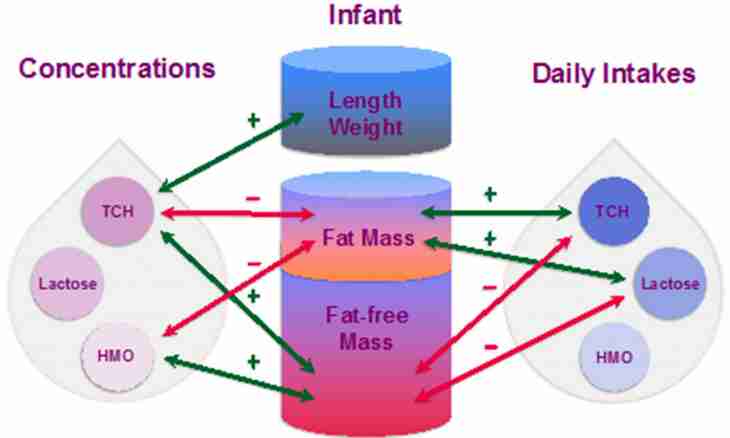Insufficient level of water purification can negatively affect human health. Even the quality of purified water from shop needs to be checked for availability of the admissible and inadmissible impurity specified in the corresponding standard documentation "The water purified".
It is required to you
- - chemical laboratory;
- - indicators (universal indicator, diphenylamine);
- - solid substances for preparation of reference solutions (sodium chloride, potassium sulfate);
- - reactants necessary for the analysis (potassium permanganate solution, sulfuric acid, lime water, nitric acid, silver nitrate, hydrochloric acid, barium chloride).
Instruction
1. Determine composition of water by the universal indicator define rn waters. The pH value has to be in the range from 5.0 up to 7.0. More labor-consuming method of definition rn – electrometric, with use of saturated solution of chloride of potassium. It is used in the pharmacopoeian analysis.
2. To check water for availability of reducers (inadmissible impurity), bring 100 ml of the studied water to boiling and add 1 ml 0.01 M of solution of permanganate of potassium, 2 ml of the divorced sulfuric acid and you boil 10 minutes. Pink coloring of solution has to remain at the same time.
3. For carbon dioxide definition (inadmissible impurity) fill a half of a test tube with test water, and the second half – lime water. Densely close a test tube a stopper. Within an hour in it turbidity should not appear.
4. Check water for the content of nitrates and nitrites (inadmissible impurity). For this purpose in a test tube to 1 ml of water carefully add 1 ml of just prepared diphenylamine solution. At the same time there should not be a blue coloring.
5. Prepare reference solution for definition of chlorides (admissible impurity). Weigh an exact hinge plate of chloride of sodium weighing 0.066 g and dissolve in water in a measured flask on 100 ml, bring water to a tag (solution A). The pipette measure 0.5 ml of solution A and part with water in a measured flask up to 100 ml (solution B).6.
6. To 10 ml of test water add 0.5 ml of nitric acid and 0.5 ml of solution of nitrate of silver, mix test tube contents. In 5 minutes compare to the standard containing 10 ml of reference solution B and the same quantity of reactants. If the content of chlorides in a sample of water meets standard, then opalescence should not exceed a standard.
7. Prepare reference solution for definition of sulfates (admissible impurity). Weigh a hinge plate weighing 0.181 g of sulfate of potassium and dissolve in water in a measured flask on 100 ml. Bring water to a tag (solution A). In the same measured flask measure 1 ml of solution A and part up to 100 ml (solution B).
8. Pour 10 ml of a test sample of water in a test tube and add 0.5 ml of the divorced hydrochloric acid, 1 ml of solution of chloride of barium. Mix and in 10 minutes compare to the standard consisting of 10 ml of reference solution B and the same quantity of reactants. Dregs in a test tube with a sample should not exceed a standard.

